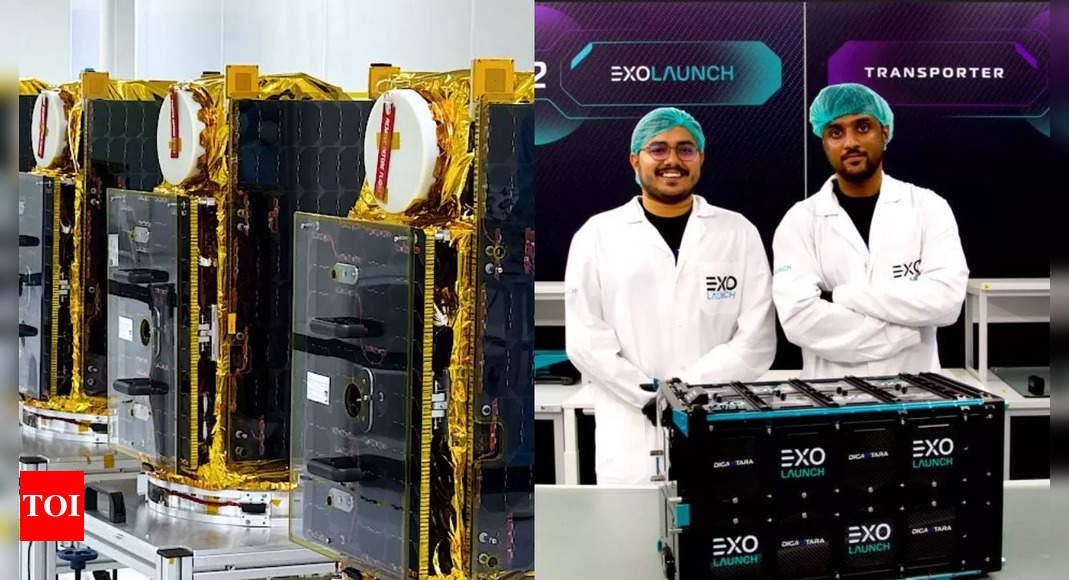BENGALURU: SpaceX, early on Wednesday, launched satellites of three Indian startups into orbit: Bengaluru-based digontara and Pixeland Hyderabad-based XDLINX Spacelabs aboard its Transporter-12 rocket that took off from Vandenberg Space Force BaseCalifornia.
Digantara’s inaugural space surveillance satellite, SCOT (Space Camera for Object Tracking), is one of the world’s first commercial space situational awareness satellites (SSA) satellites, while Pixelel deployed the first three satellites of its ambitious Firefly constellation. ELEVATION-1, a satellite of US-based Almagest Space Corporation, fully conceptualized, designed and developed by XDLINX in India, was also successful.
“We are overwhelmed. The LIFT worked. In fact, in the first appearance over India, just a few hours after separation, he gave us a signal. This will boost data speeds to the 10 Gbps rate. “We are excited.” Ahmed SyedXDLINX payload scientist told TOI.
Both the Digantara and Pixxel teams witnessed the launch live from their headquarters in Bengaluru. “The successful separation is confirmed. SCOT is in orbit. Now begins the commissioning and unlocking of the future of space surveillance,” Digantara said shortly after the launch.
Digantara CEO Anirudh SharmaWhile noting that any disruption in satellite operations can trigger cascading impacts on Earth, he said the company, with SCOT, was taking a crucial step toward achieving surveillance superiority, ensuring not only a safer space environment and sustainable but also safeguarding sovereign assets.
“The successful deployment of our first commercial satellites is a watershed moment for Pixxel and a huge step towards redefining how we use space technology to address the planet’s challenges,” said Pixxel CEO. Awais Ahmed he said after the launch.
Pixxel said the Firefly satellites feature the world’s highest resolution commercial hyperspectral imaging capabilities, with an unprecedented 5 meter resolution, six times sharper than existing hyperspectral satellites. “Each satellite can capture data in more than 150 spectral bands, enabling detailed monitoring of chemical compositions, vegetation health and water quality,” the company said.




